Hirakata Park
Hirakata Park originated as the Kikuningyō-ten exhibition grounds in 1912, with chrysanthemum-decorated figures and scenes being displayed in October and November of each year, before the last regular exhibition was held in 2005. The actual development of the amusement park took place in 1926, when the Keihan Electric Railway began operating the park and the first rides moved in. In 1944, the site was put to military use.
After the end of the Second World War, the site was unusable and the Kikuningyō-ten took place on another area along the Keihan Line. The return to Hirakata followed in 1949. Initially run as a city park, the site was again converted into an amusement park in 1952 as part of a tax reform. The park has always been owned by the Keihan Group.
Magical Volcano
So off we go to Hirakata-kōen and into Hirakata Park. Right at the entrance, a beautiful and spacious rock massif with an integrated interactive attraction awaits us. Personally, I can’t describe the Magical Volcano any better than that, because it really is a lot of things in one; be it an exploration tour with integrated skill games or an adventure playground with a pre-show and storyline. It is relatively simple: at the start you are assigned a mission, after which you have to answer three questions. In the meantime, the volcano almost erupts and we have to throw softballs into its crater. Towards the end, you let your bow be evaluated by a machine and get a corresponding feedback. In our case, of course, this was a perfect score, but we had also received help from the staff. All in all, this is an attraction that we would like to see here in Europe.
Pachanga, Wonder Gaden und Athletic Try-It
Exhausted, but one experience richer, we head straight for the wooden roller coaster Elf. While there, we take a ride on the unfortunately very dry rapid river Pachanga and admire the animals in the Wonder Garden. Unfortunately, the number of enclosures is very limited – this is especially a pity, as Hirakata Park does a good job and the animals are all housed in relatively large enclosures. Meanwhile, on the other side of the main path, we wonder about the Athletic Try-It, a kind of modern obstacle course, before we are finally drawn into the woods.
Elf
Elf, short for Episode of little Fairies, is a medium-sized wooden roller coaster from the European manufacturer Intamin. So far so good, but the expectations for this wooden roller coaster were not as high as they should have been, thanks to its former sister ride Pegasus at the Dutch amusement park Efteling.
After a short wait, it was time to take a seat in the train car, which was then quickly dispatched. Following a short drop out of the station and a short right turn past the storage track integrated into the structure, we immediately found ourselves in the lift hill of the ride. Shortly after, the initial height of 18.5 m is reached, whereupon the train goes down the first small drop. This is followed by a longer turn to the right, where we gain a few metres in altitude. But before the view would distract us from the action, we plunge down the second drop. We are now pulled through the valley with gusto, whereupon we are pulled right onto the next hill. The ascent is quite steep at first and then a little less steep after an apparent crest. Meanwhile, we dedicate ourselves to another turn, which we leave parallel to the lift in a drop down to the ground level. Now we follow the route we have already completed by climbing another hill and also completing a turn. Instead of going straight down another drop, however, we now cross the ride in a diagonal, in which we naturally also head towards the ground.Once again with the funny transition from steep to less steep slope, we now dedicate ourselves to a left-leading turn, where we get momentum for the next ride manoeuvre. With a big bang we cross the following camelback and plunge straight into the dense woodwork. After a final turn, a short dip follows, whereupon we reach the final brake.
Elf is fun! With a good pinch of airtime and interesting incline trajectories, the small ride doesn’t need to hide from any larger wooden roller coaster – especially since the wooden roller coaster seems much higher than it actually is due to its hillside location. In any case, you can and should get on more often, it’s worth it.
Sky Walker and Truck
It would most likely have been worth getting on the Sky Walker Ferris wheel, but unfortunately it is currently being restored. The neighbouring Cycle Monorail was therefore not visited at all and we also had to do without a ride on the children’s roller coaster Truck in Peek-a-Boo Town, as the train belonging to it was missing.
Crazy Mouse
The fact that it doesn’t necessarily take a missing train to rob a roller coaster ride of its main feature can be seen on the Reverchon Crazy Mouse. It turned a bit too well, so it was decided not to release the spin of the cars anymore in order to reduce the ride’s intensity. As can be seen from the ride, this was not a good idea. The hairpin bends in the lower level are driven through in such a lousy way that in the end the pleasure completely falls by the wayside. A real pity, as Reverchon spinning coaster are actually great rides.
Bassh
Whereby I should actually be a little less critical: The ride is quite okay and not being able to show a rotation as a spinning mouse is somehow special. Equally special is its location at a lofty height, elevated on a platform. This has the advantage that there are two other attractions underneath it. Besides the Little Witch’s Labyrinth walkthrough, the station of the Bassh log flume is located here.
The ride begins with a left turn that takes you under the plateau of the Crazy Mouse roller coaster. Past some animal sculptures and with the best view onto the tracks of the mouse one level higher, another left turn leads the boat directly into the ride’s lift. Due to the slope of the ride, you now spend some time in it before a short left turn takes you down just a medium shot. Without a single drop on your skin, a right turn follows immediately, after which you dash like mad through the channel. One S-curve later, you find yourself straight below the first shot, before you tackle a left/right curve combination and make your way towards the second and final shot. Once there, the descent is immediate and exhilarating. In the subsequent splashdown, every drop of water is missing and the score is close to zero. So we did something wrong, but unfortunately that’s what an amusement park with a dry log flume also does.
Red Falcon
So it’s time to ride a type of roller coaster that no one in Japan can do wrong: The classic jet coaster. The one here at Hirakata Park is called Red Falcon and has been wonderfully placed on the big slope. But before you can dare to take a ride, you have to squeeze into the cars, and that is simply impossible, especially for taller people in the back rows.
After a short straight section, the train takes you over a short dip into the ride’s lift. Typical for a proper jet coaster, this one is comparatively steep and you spend some time in it. But that’s not too bad, because it gives us more time to look at the city of Osaka. At the top, the train quickly picks up speed after a first, quite steep, small drop. This is followed by a long left turn before the first long descent. The train takes you rapidly through the first valley and over the top of a hill that bends slightly to the left. Far above the visitors’ heads, the train climbs another hill and passes the log flume.
After another drop, you then reach a tight right-leading turn before you throw yourself properly to the ground for the first time. From then on, parallel to the track you have just completed, the train races over another hill into an extremely funny element. Coming out of a very wide right-hand bend, you drive through a narrow valley with a clear cross slope, which is suddenly followed by a narrow right-hand bend just below the first gradient. As in a very shapeless Bavarian curve, this leads you over a short hill, into another valley. A wide left turn follows. After a very flat drop with an equally flat ascent, a wide 540° helix awaits you, which then releases you into the final shot. After the subsequent ascent, a rather strange transition into a curve awaits you and shortly afterwards the braking section of the ride is reached.
The Red Falcon combines many of the Japanese peculiarities of roller coaster construction, but is a thoroughly nice ride that you should simply enjoy. The ride distance of 1300m gives you plenty of time to whizz over the rather flat hills at up to 70 km/h – secured by a shoulder restraint. The view of the city of Osaka and its imposing location far above the rest of the amusement park benefit the ride immensely.
Meteo
The very late braking on the Intamin Meteo freefall tower one level below is just as beneficial. As already experienced in the Kijima Kogen Park, people in Japan like to do without the secondary safety belt, so that here too the ride seems even more threatening and, in combination with the hard braking, can be described as absolutely ingenious.
In addition to the obligatory freezer, this time (quite small) in the form of a large refrigerator, there is also a very good spinning Disk’o from the manufacturer Zamperla on this level, as well as a kite flyer and a Zierer wave swinger, which was unfortunately undergoing maintenance on the day we visited.
Palm Walk
One level further down, you come to the Palm Walk and its integrated interactive dark ride Gururimori, as well as the Legend of Dark Forest (a mirror maze) and Makafushigido walkthroughs. The area has a lot of charm and is similar in concept to the City Walk at nearby Universal Studios Japan – except that it is integrated into Hirakata Park.
Octopus Panic and Haunted House
On the lowest level of Hirakata Park, you can mainly find various children’s rides, but also some classic rides and gems, such as the Octopus Panic sea storm ride, Japanese tea cups in Hello Kitty design or the child-friendly dark ride Haunted House, where you travel through the chirpy underworld with the Dororon travel company. Of course, the 3D 360° cinema right next door should not be overlooked.
Fantasy Cruise and Gnome’s Train
Meanwhile, if the hustle and bustle has become a little too wild for you, you should take a little stroll through Hirakata Park’s huge rose garden or venture out for a ride on the Fantasy Cruise round boat or the surprisingly long Gnome’s Train park railway. This area is an ideal retreat and invites any garden lover to linger, plus you have an exceedingly good view of Hirakata Park’s final roller coaster.
Fantastic Coaster Rowdy
The ride on the Fantastic Coaster Rowdy begins with a short right turn, followed by the lift hill. Once at the top, the lift makes a 180° left turn before the first drop follows. At a lofty height, the short-raced train now crashes over a camelback before it makes its way up again. Not at all rowdy, another tight 180° left turn follows and soon a very long right turn with integrated straight downhill. After a short right-hand bend, a very tight left-hand turn follows immediately, along with a shot. A left-hand and a right-hand bend join together like serpentines. This is succeeded by a final ascent into the braking section and soon the entry into the station, whereupon a ride not worth mentioning (as it is just okay) comes to an end.
Pictures Hirakata Park
Conclusion Hirakata Park
Although Hirakata Park is now over 100 years old, there are unfortunately no older rides to admire in the park; so they have always stayed up-to-date. This is understandable, but it does make the park a little less charming. It makes up for this with its green spaces, imaginative attractions and a successful overall ambience, which is why you ultimately feel very entertained when leaving the park.
What is your opinion about the theme park Hirakata Park? Just write it in the comment field below the report or visit our social media channels:
Click here for the next report of the Titanic Max Tour

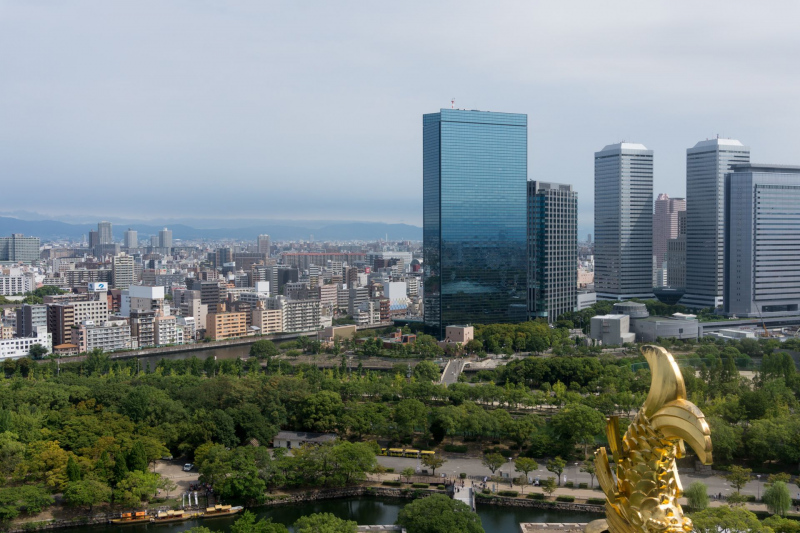
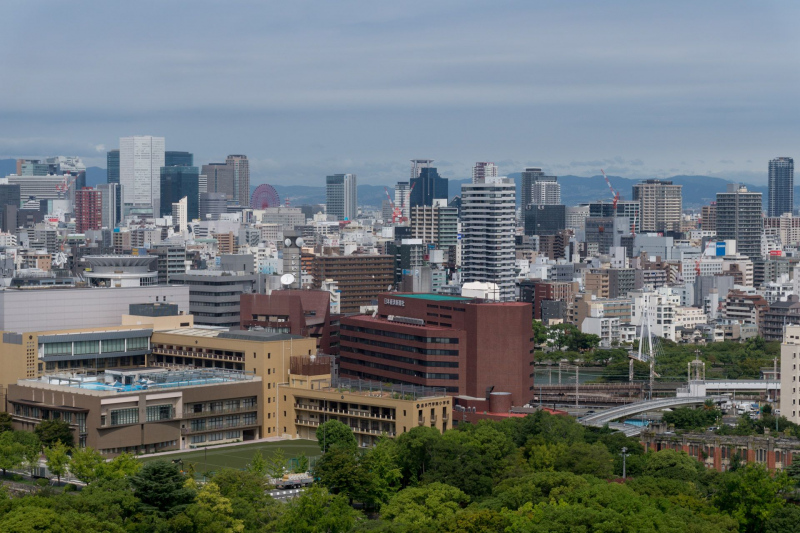
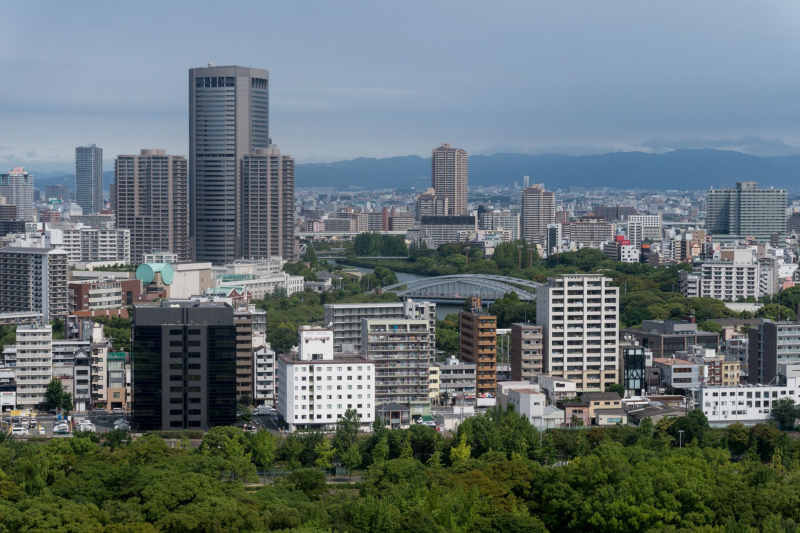
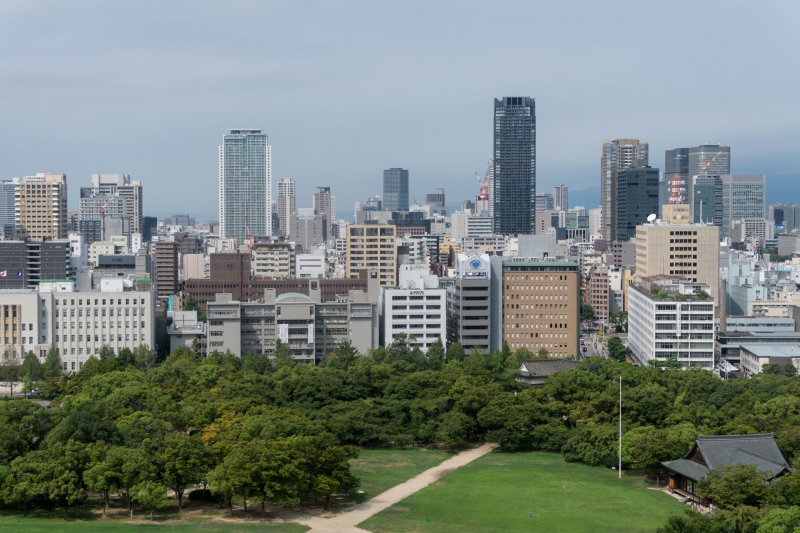
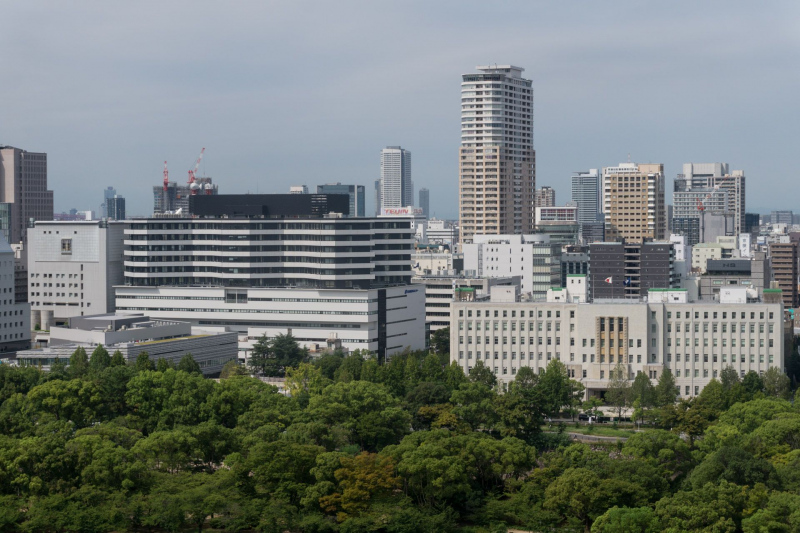
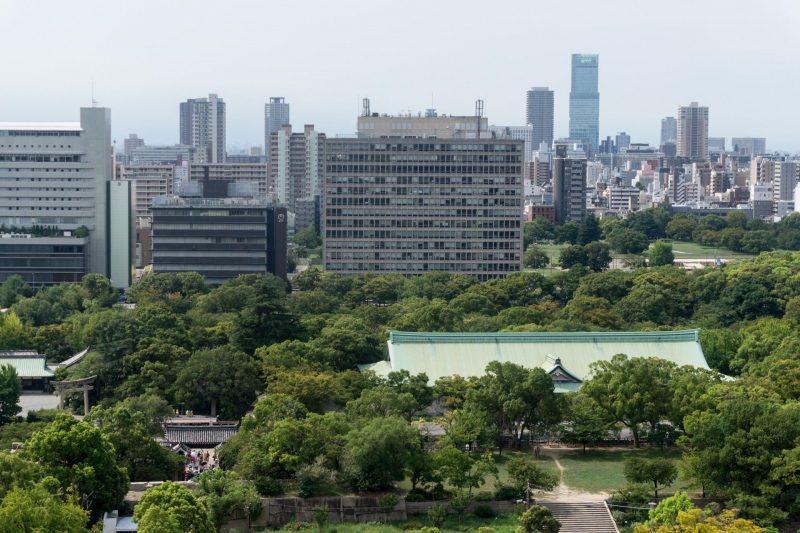
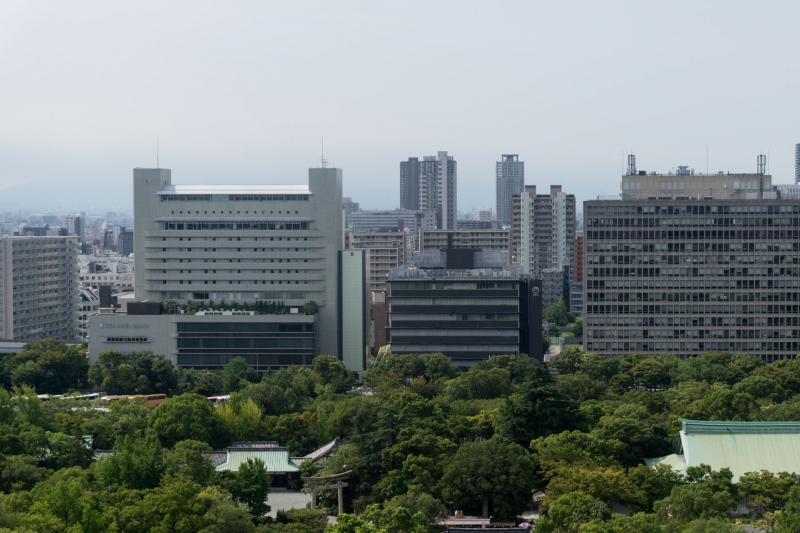
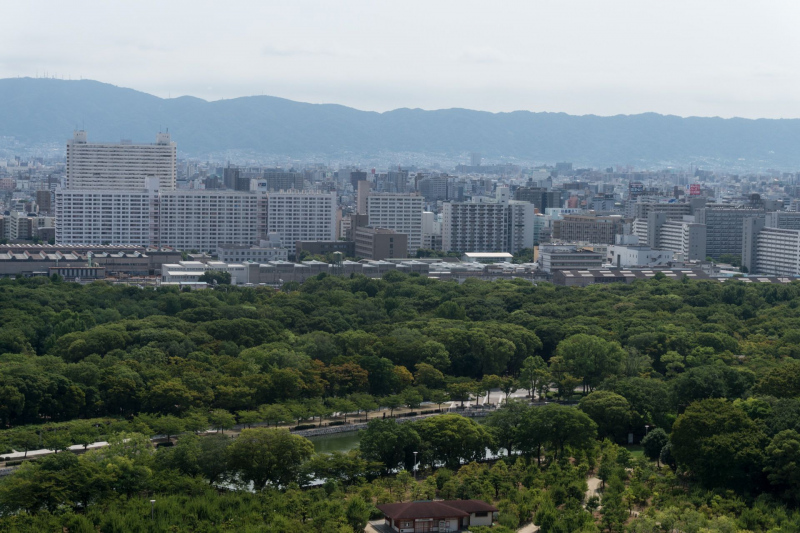
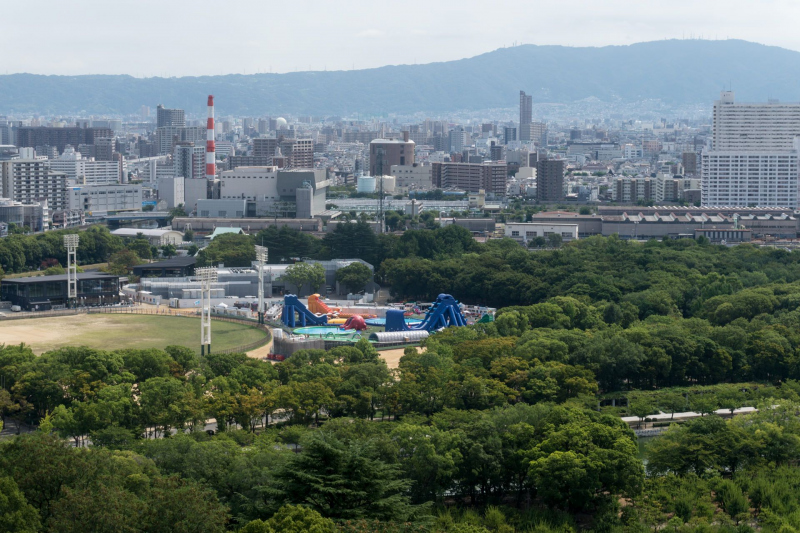
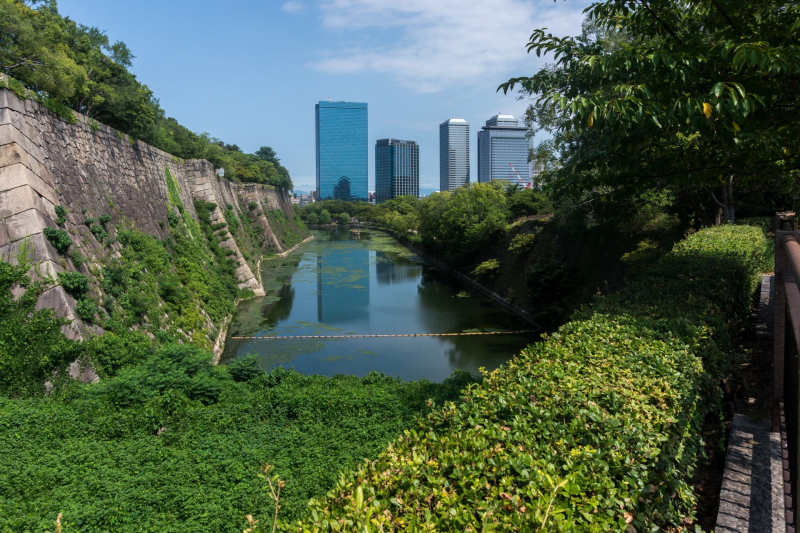
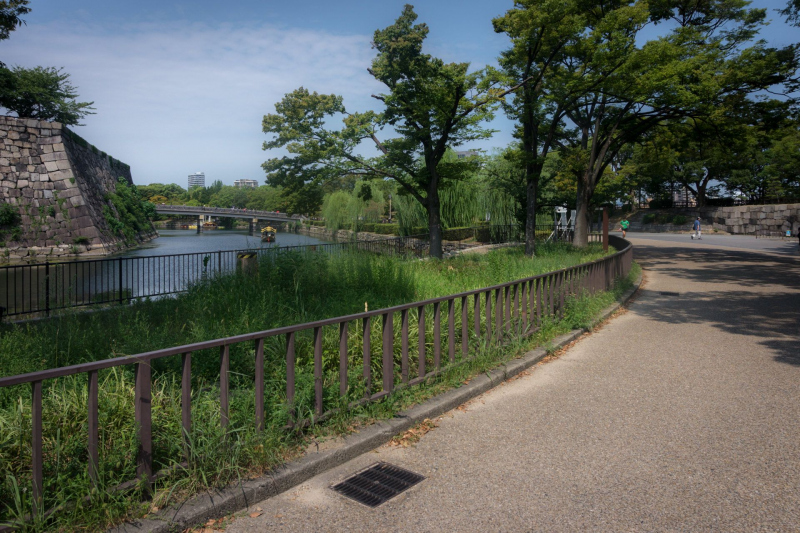
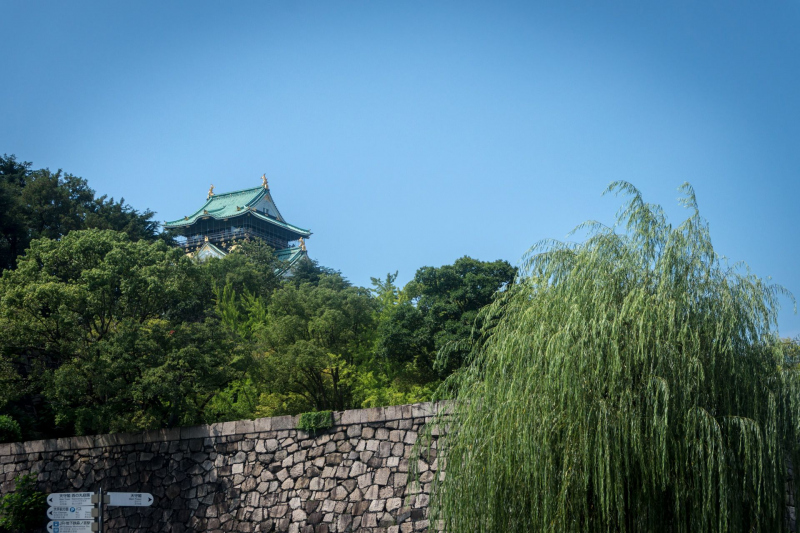
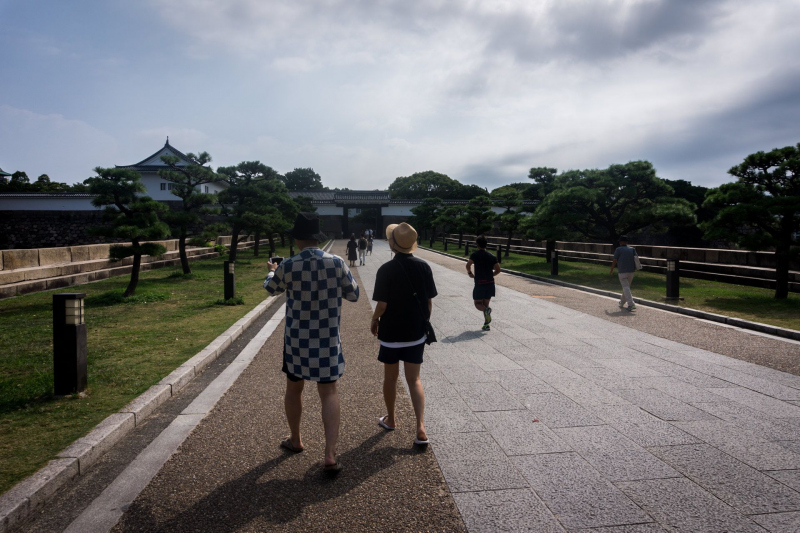
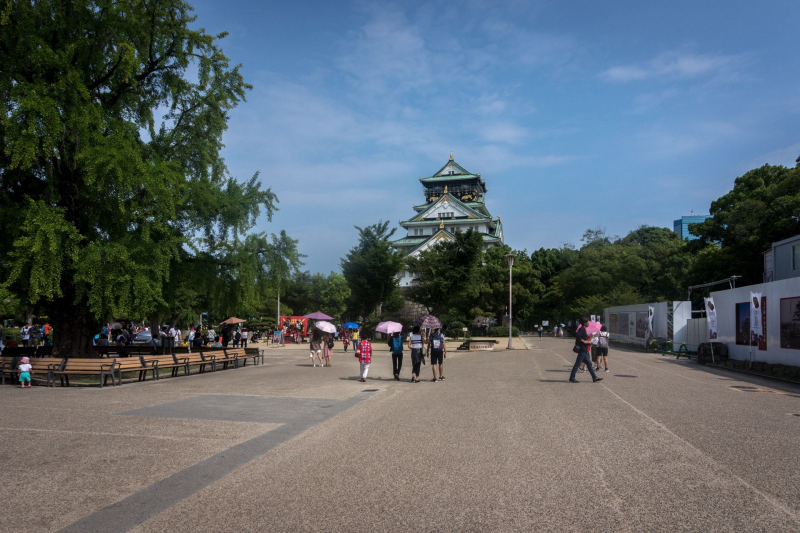
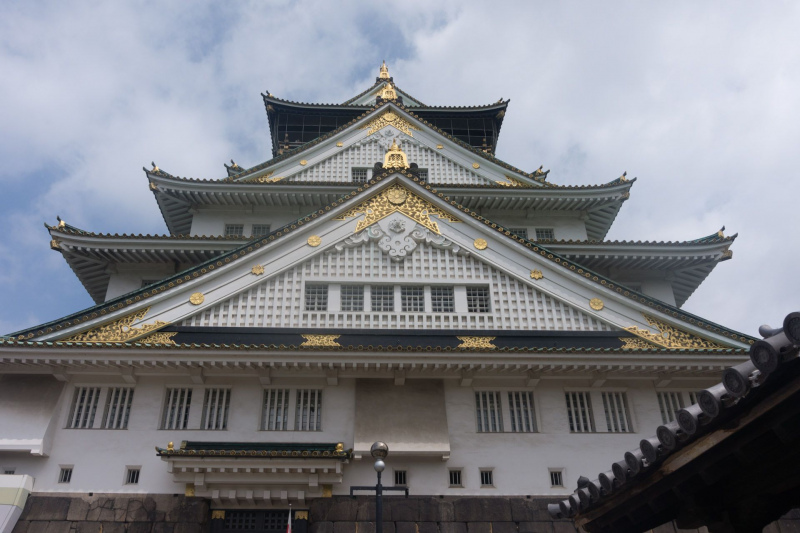
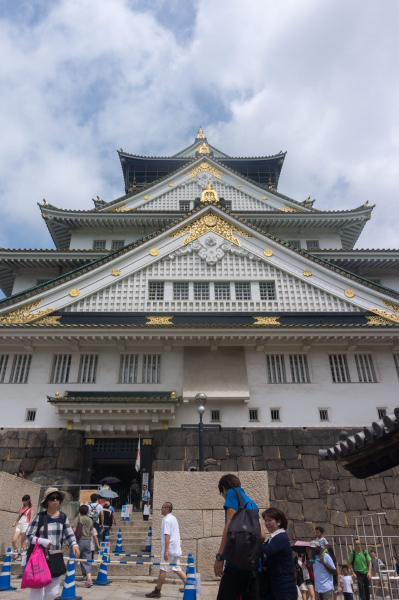
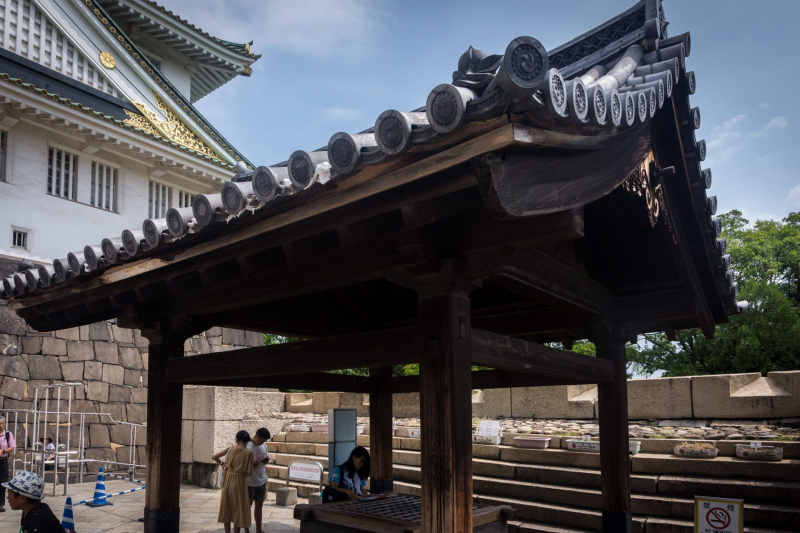
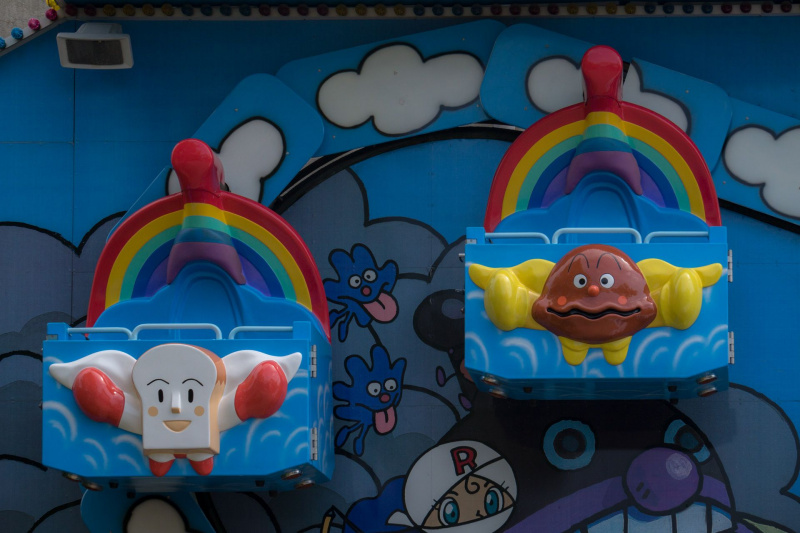
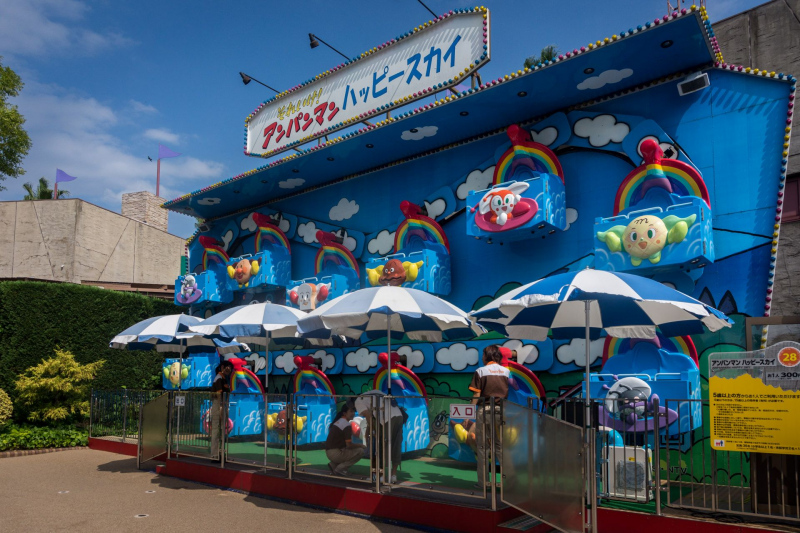
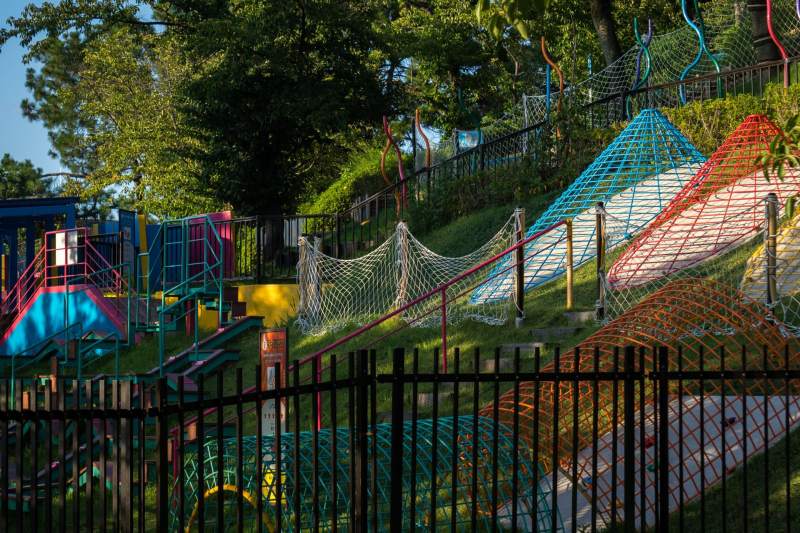
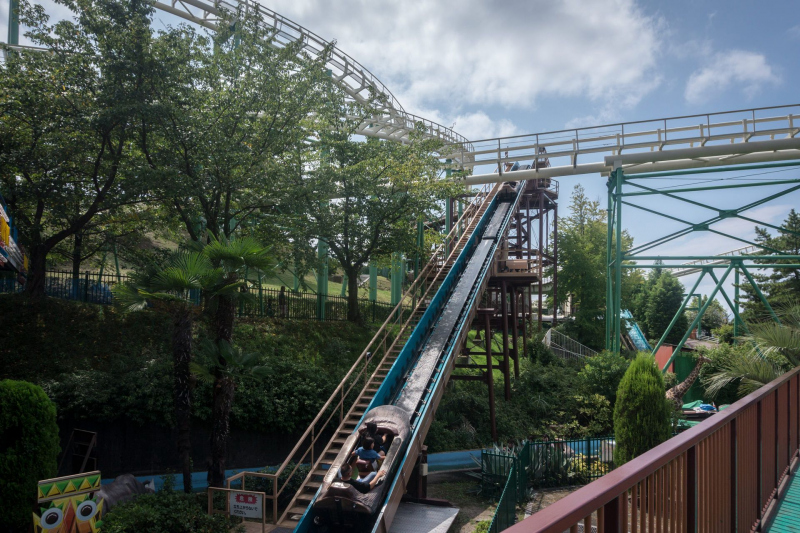
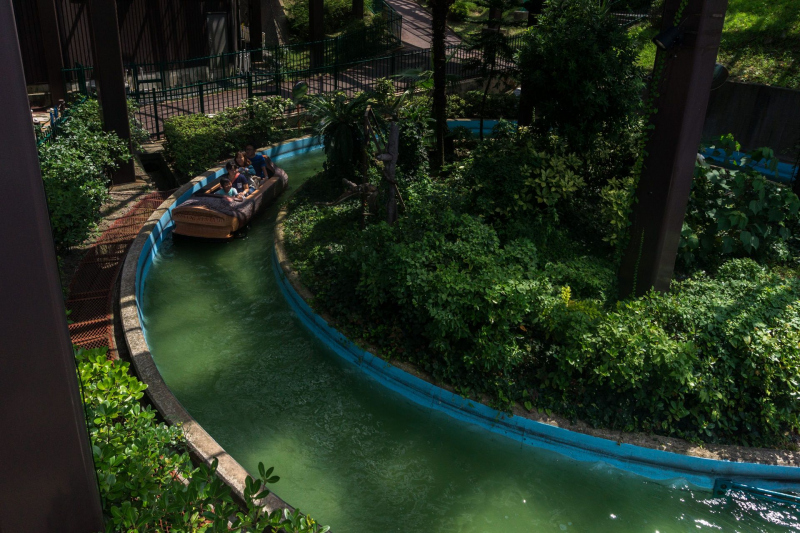
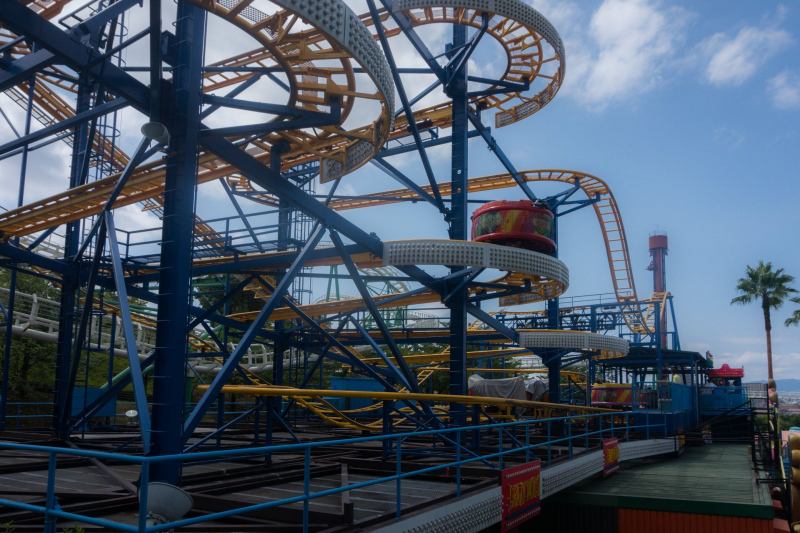
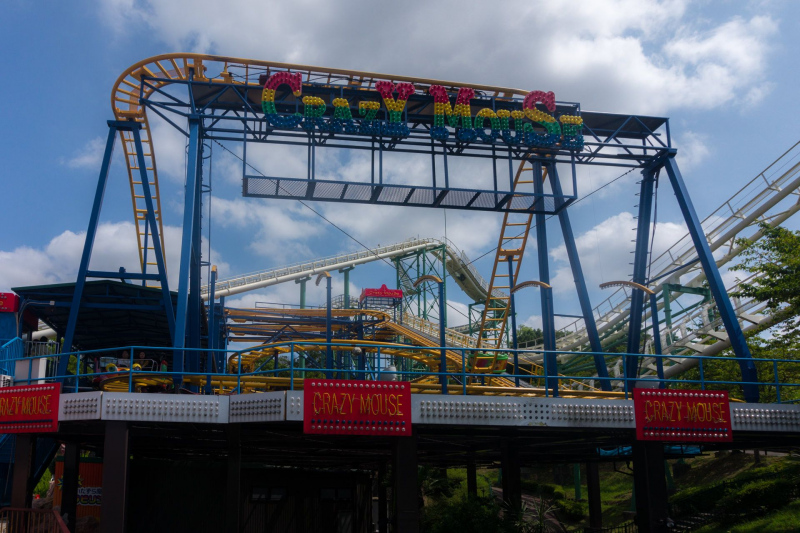
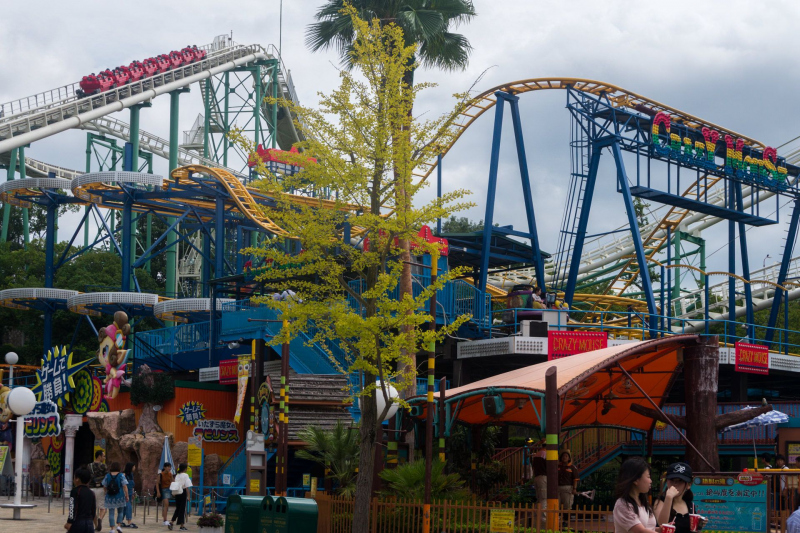
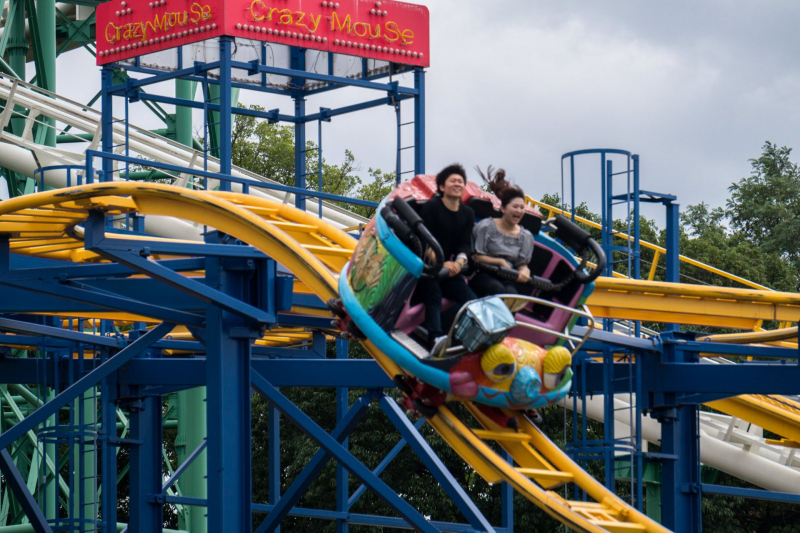
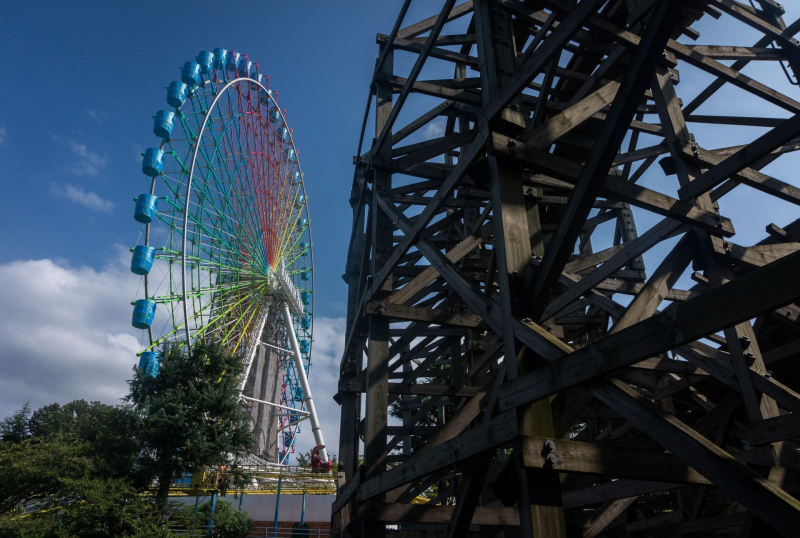
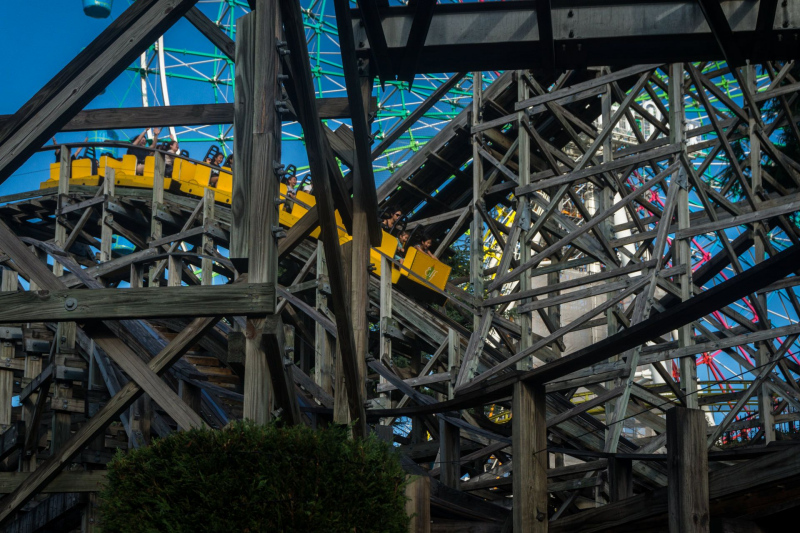
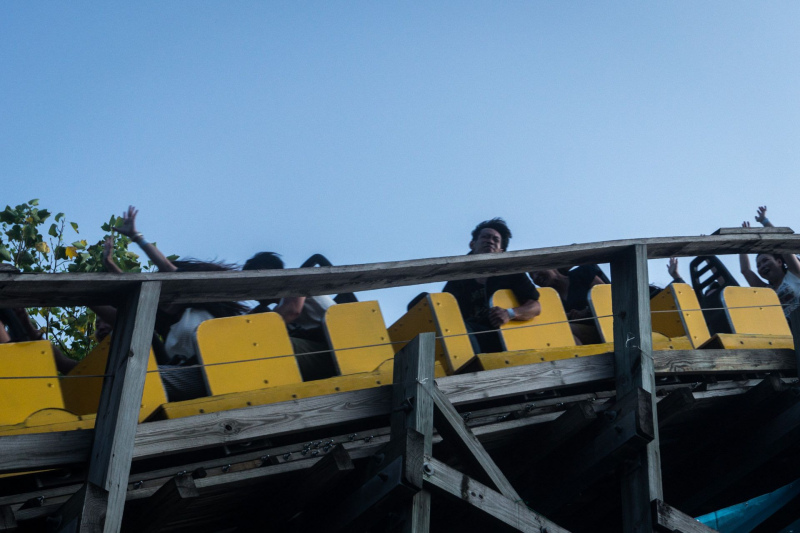
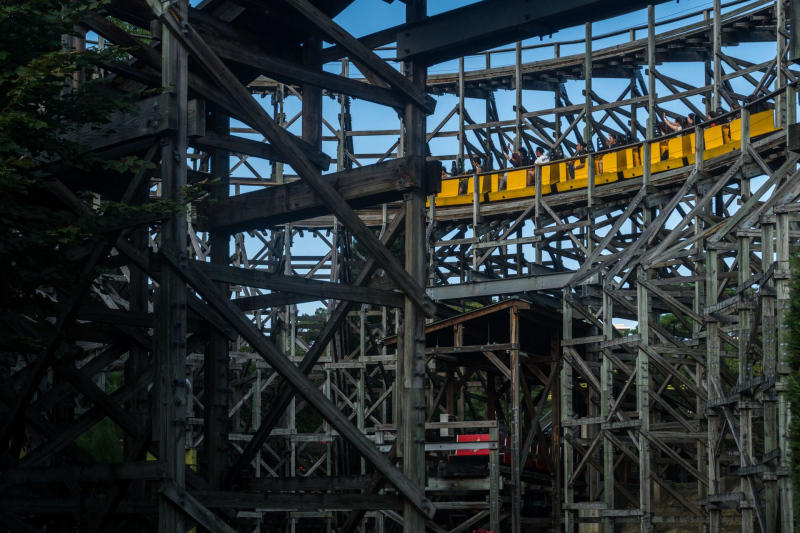
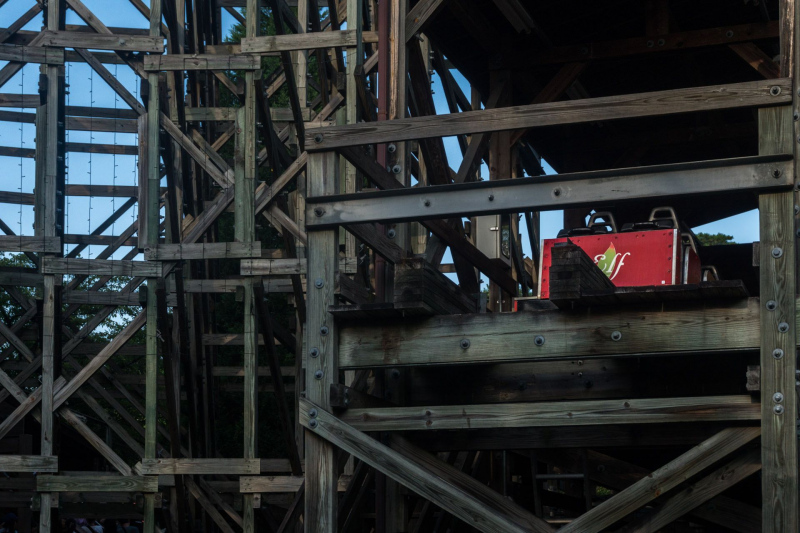
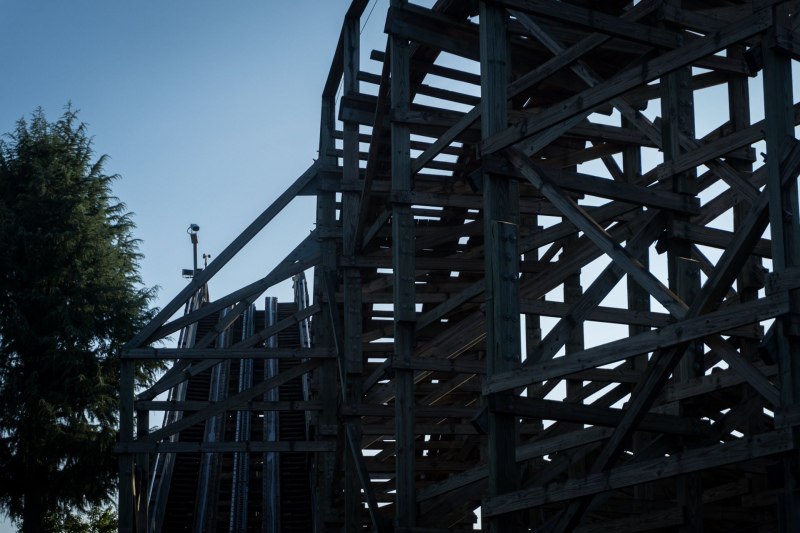
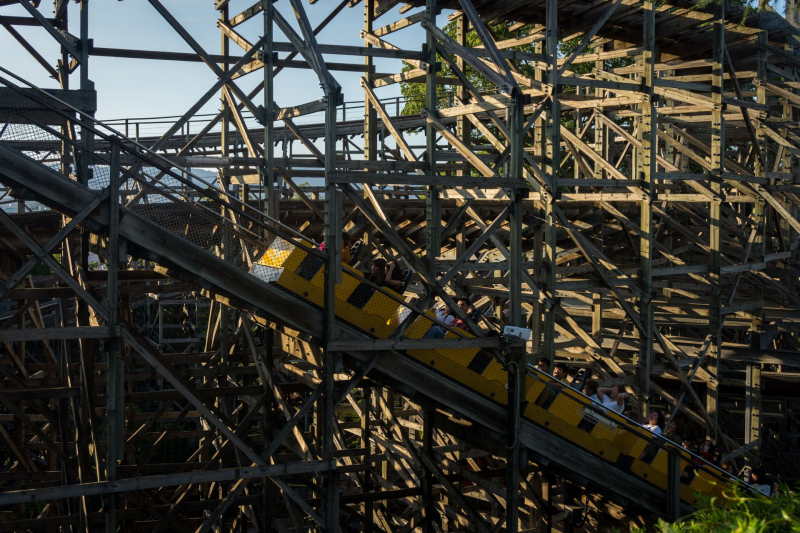
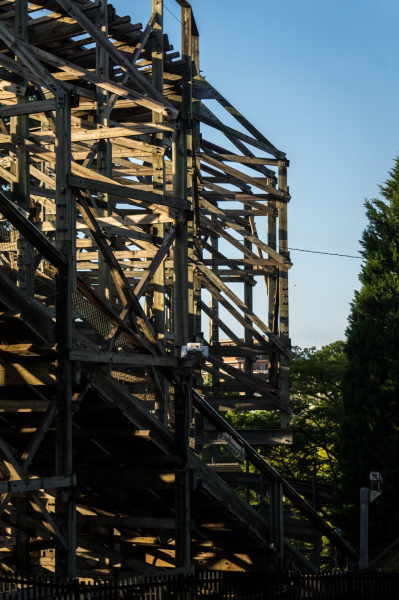
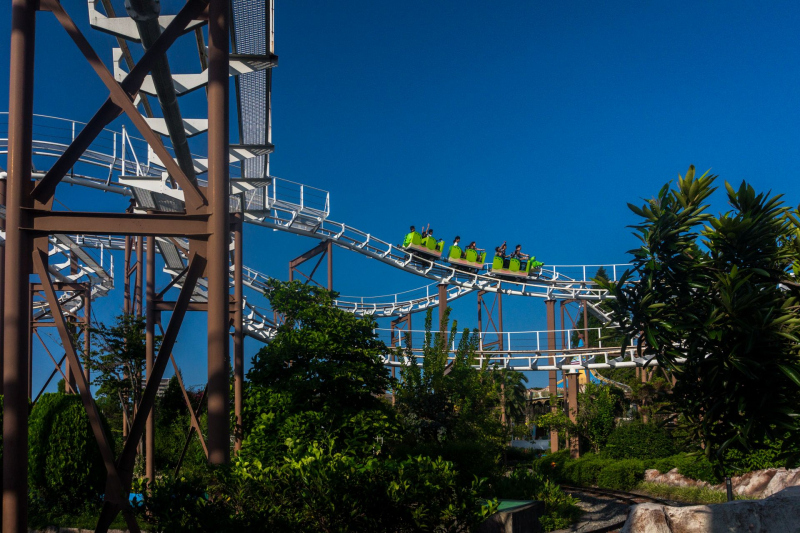
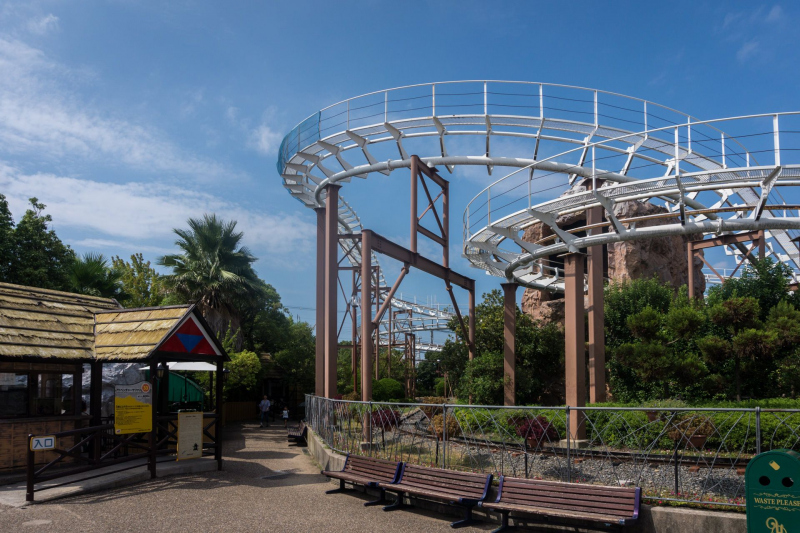
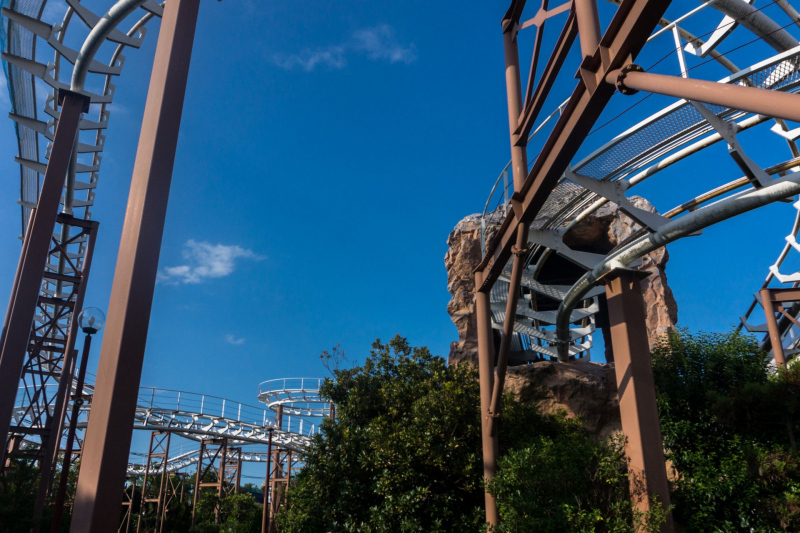
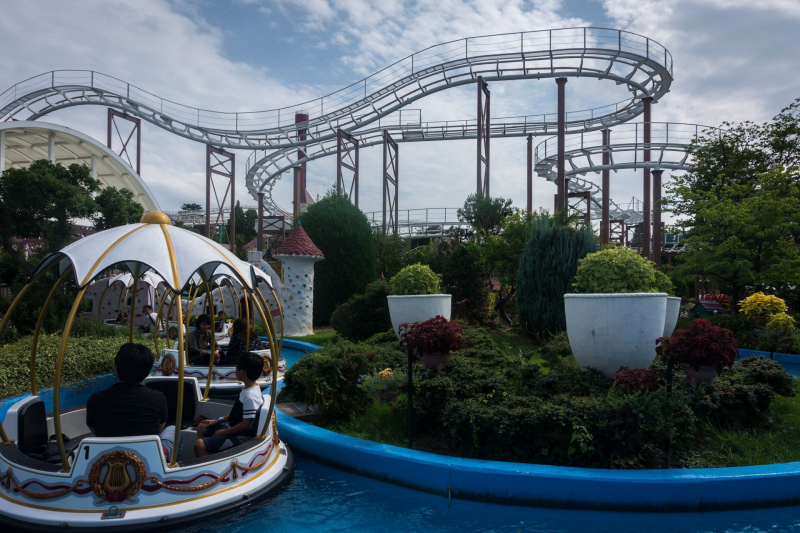
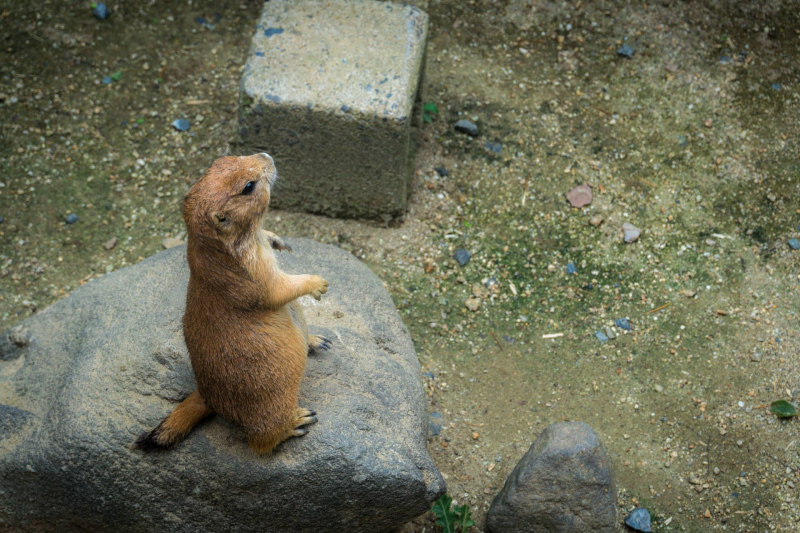
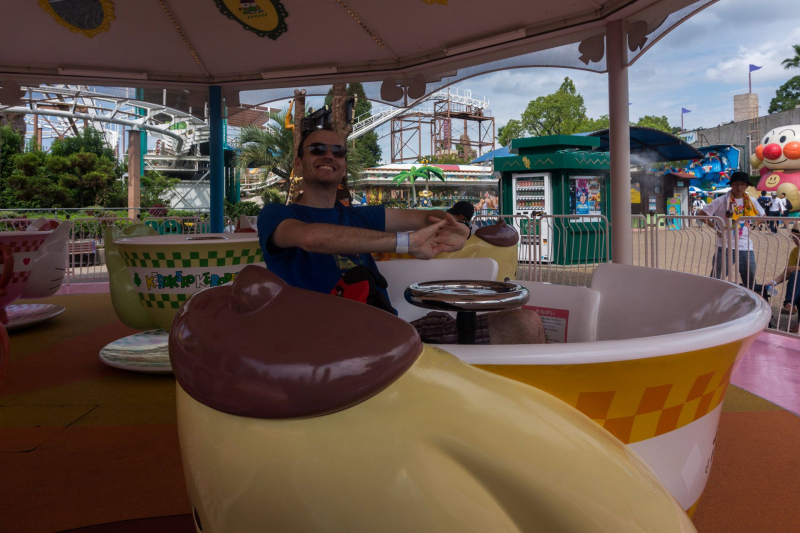
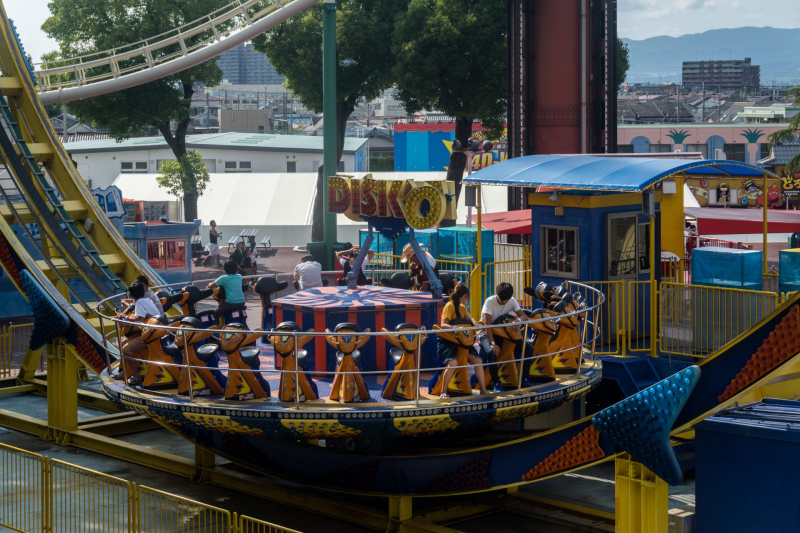
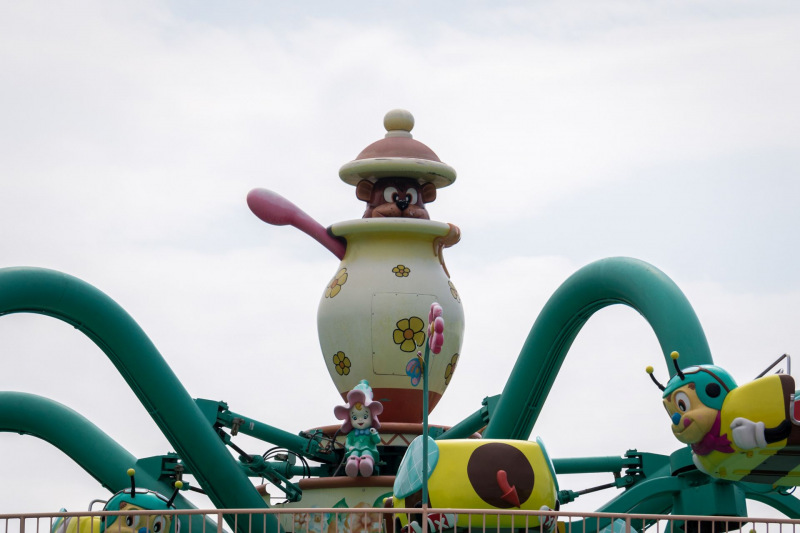
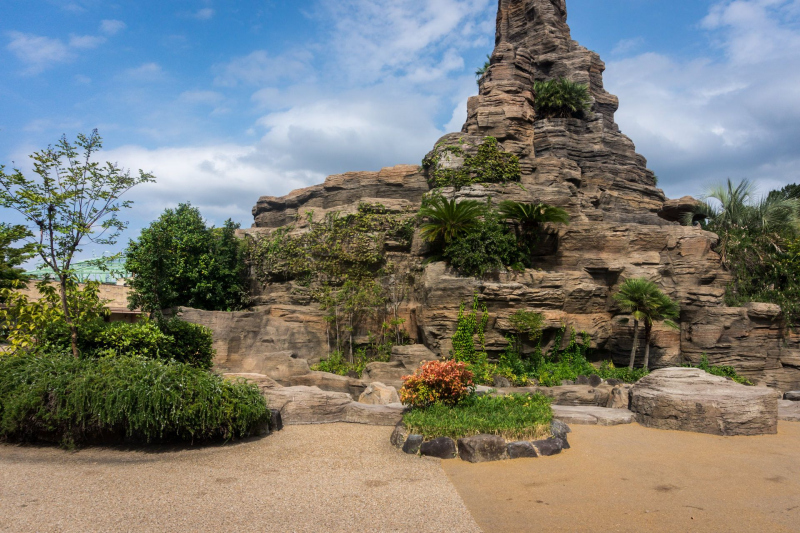
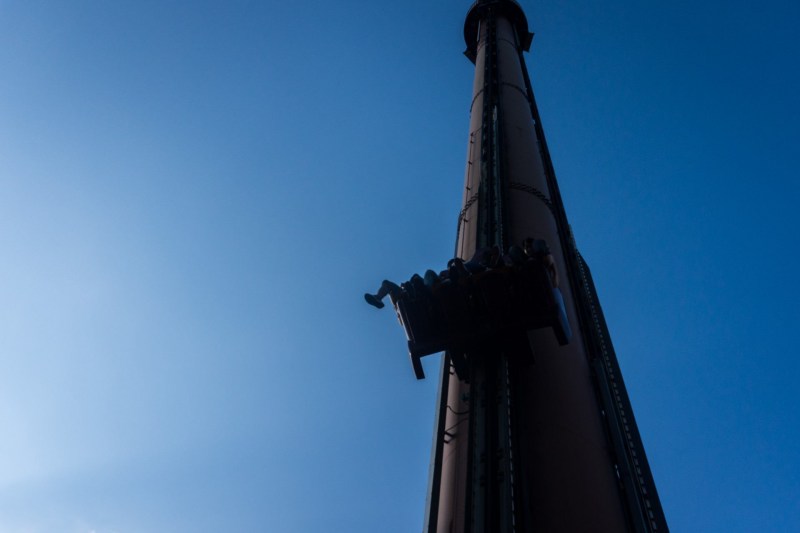
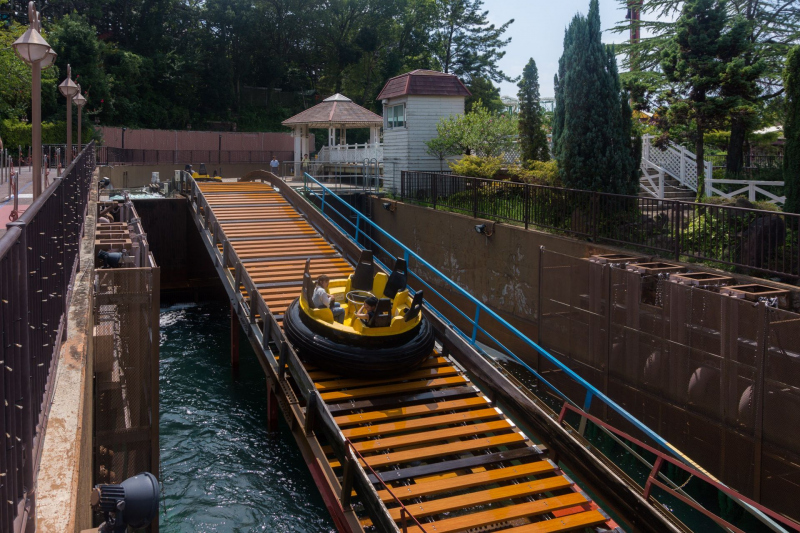
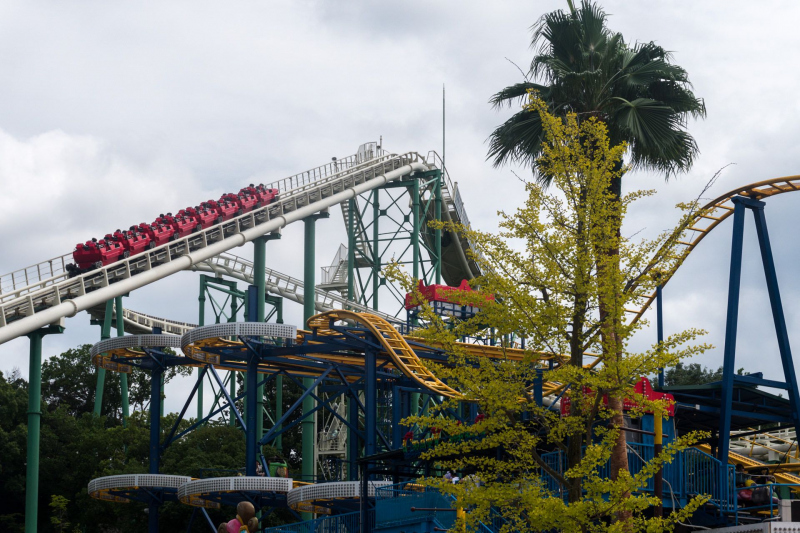
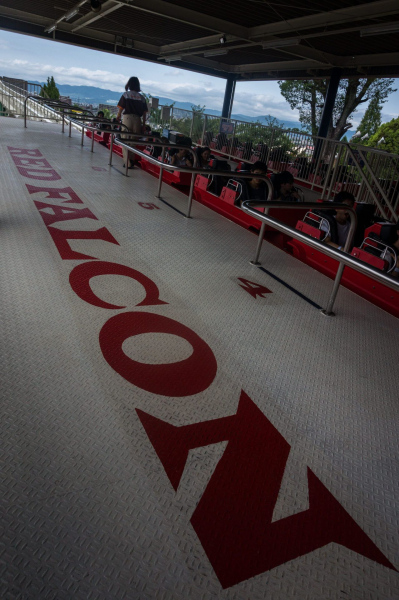
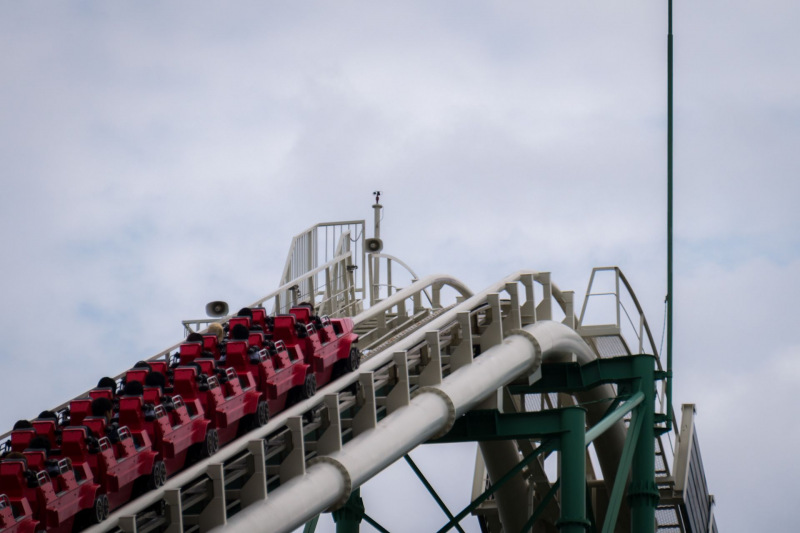
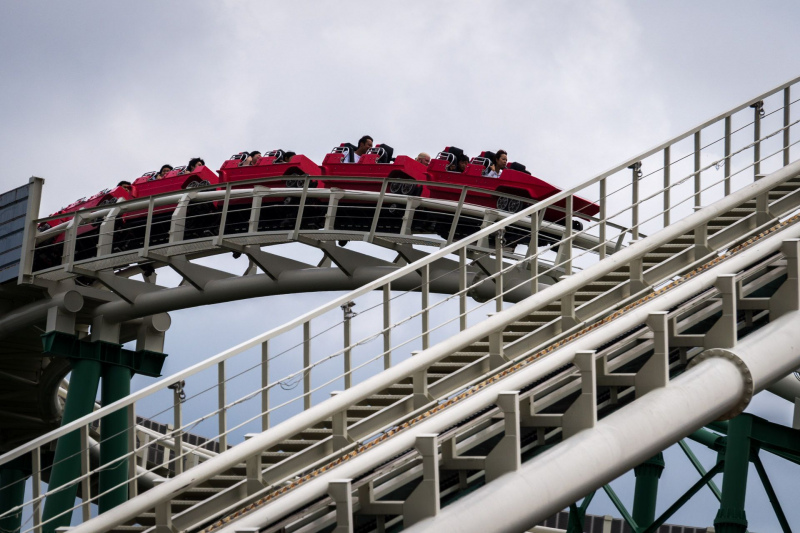
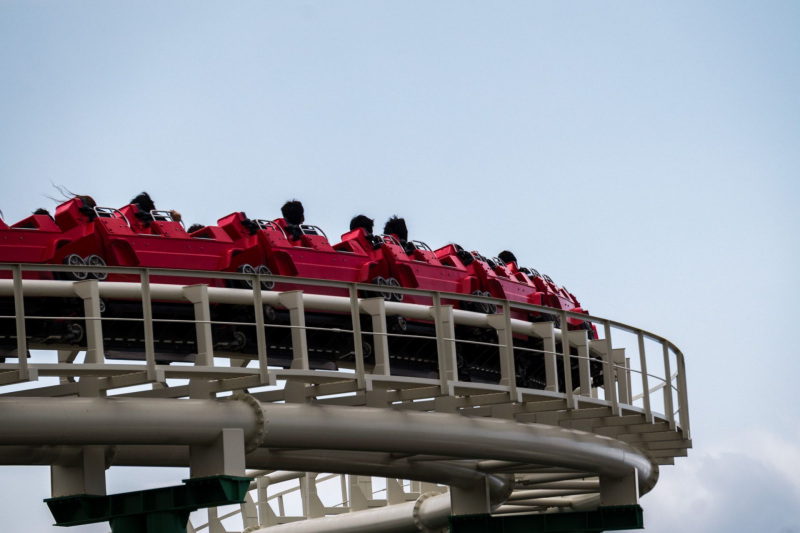
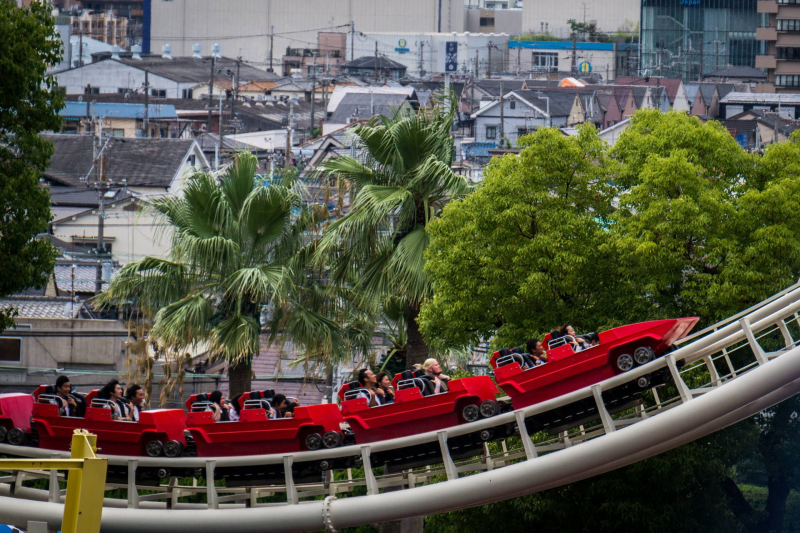
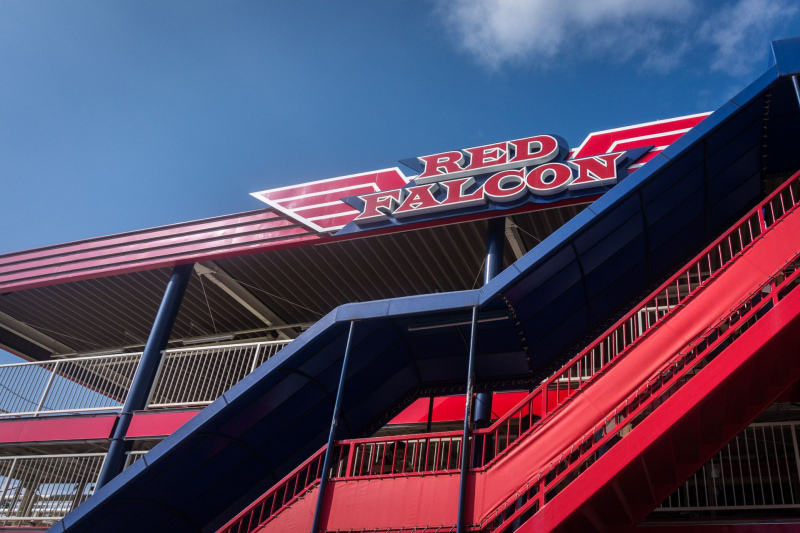
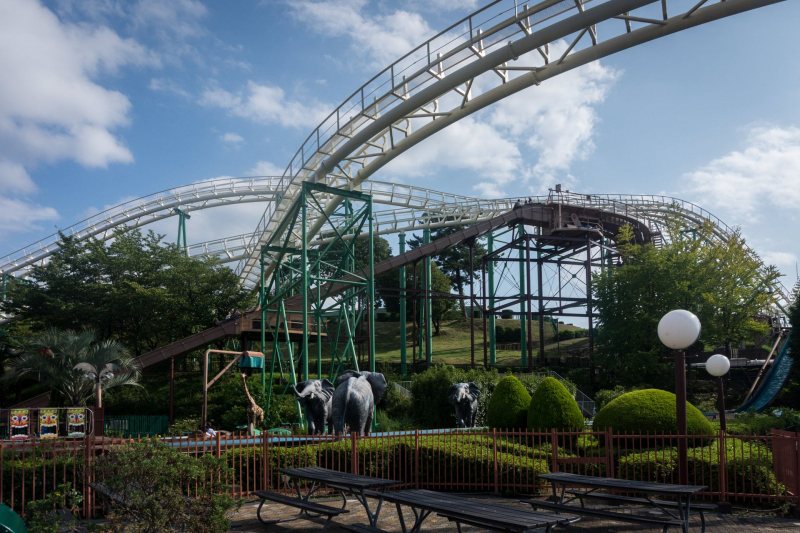

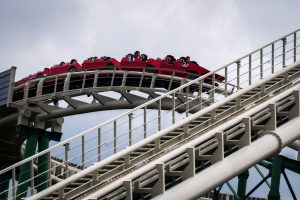 The Boon
The Boon